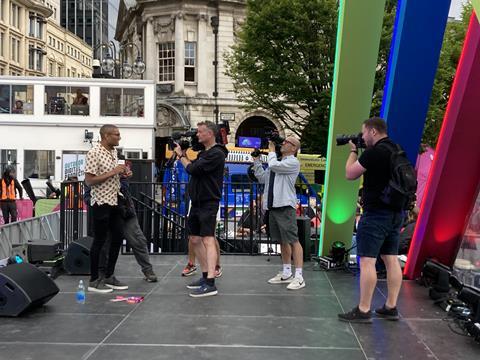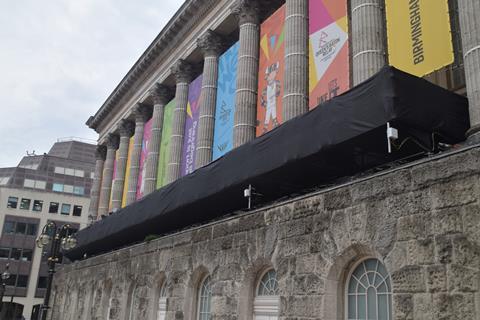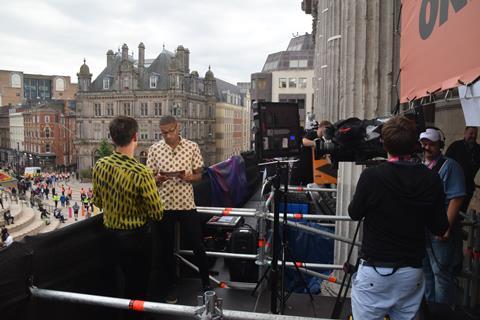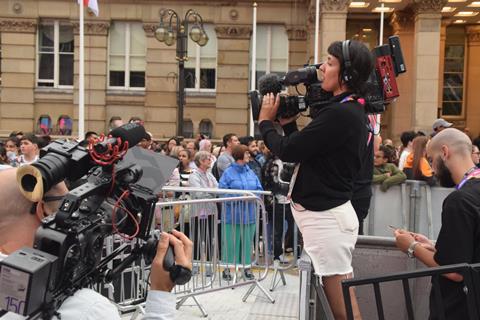Test successfully provided live images from Birmingham using a standalone non-public network
BBC R&D has successfully used a standalone non-public 5G network to provide images from Birmingham during the Commonwealth Games.
With the Games a major event that sees many public users of the mobile networks, BBC R&D saw the opportunity to test using a private network to provide a more robust signal. They also managed to successfully move between separate cells on the same 5G private network as well as between private and public networks, albeit with a difference in performance.
The bulk of the tech being used is tried and tested, but the experiment was aimed at finding out more about doing this in a large-scale environment and the regulatory issues at hand. It also used the technology in a remote production environment, and was able to improve upload bandwidth compared to public networks, with a roughly 40/60 split.

Another key area of innovation was regulation, with BBC R&D interested in the feasability of using 5G spectrum for short periods of time rather than being a licence holder for a number of years. Especially as, barring regulatory issues, the production can be set up in as little as an hour.
The team worked with BT to provide the network and backhaul and Vislink subsidiary, Mobile Viewpoint, to provide the technology that encodes and manages the video stream over the networks. Two 5G cells were mounted on Birmingham Town Hall for the test.

Ian Wagdin, senior technology transfer manager at the BBC, explained: “The One Show (27/07/22) became the first programme to use this type of technology at scale to cover the Queen’s Baton Relay as it arrived in Birmingham, with large crowds that would have the potential to swamp a normal network.
“We had two live cameras each with a Mobile Viewpoint unit that took the video feeds and connected to the dedicated 5G network. The BT provided network was in dedicated spectrum centred around 4050 MHz, this enabled us to configure the network to favour uplink traffic which is typical in a production environment, whereas public networks tend to support more downlink heavy applications.”

He added: “The other key aspect of this trial is that we have no production facilities on site. The signals passed through the 5G network and backhauled to a Mobile Viewpoint decoder based in our master control room in London. The two cameras are synchronised at this point so we can intercut if required.
“This option can be removed if latency is more concern than sync. From there the output is decoded and sent to whichever gallery wants to use the cameras. This could be The One Show in London, BBC Sport in Salford or any of the Nations and Regions galleries around the UK.”









No comments yet